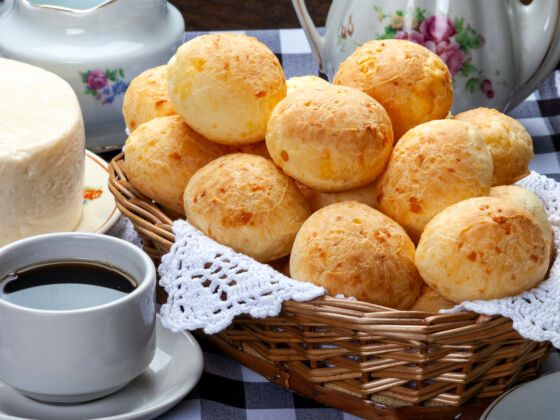Feijão and Farofa
This, served with rice, is the number one dish in Brazil. Feijão is black beans that have been boiled with onion and garlic. Sometimes the beans are cooked with pork, in which case it is called feijoada.
Farofa on top of feijão with a helping of rice is sublime. These dishes will generally accompany any meal that you have in a Brazilian restaurant and will always be in abundance at the all-you-can-eat and per kilo restaurants.
